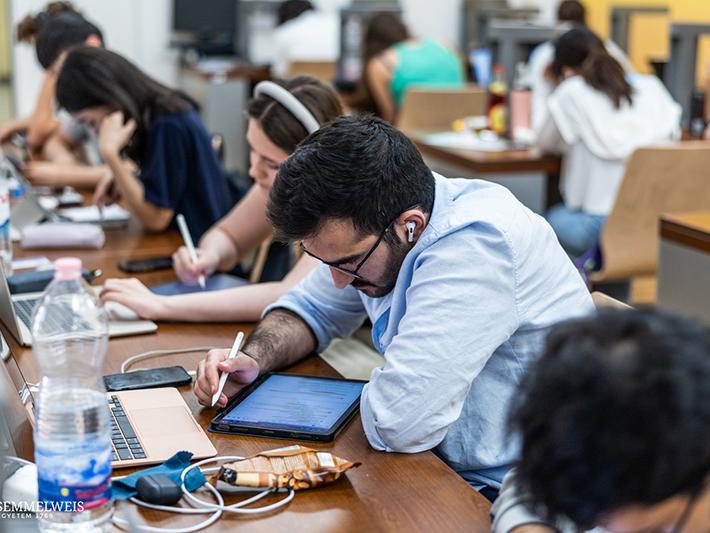Strategies to improve university assessment for students and educators. Here, academics offer guidance on assessment design, covering formative, summative and diagnostic approaches, authentic assessment and how to give useful feedback. You will also find advice on exam preparation, ungrading, managing GenAI, preventing cheating and upholding academic integrity.









